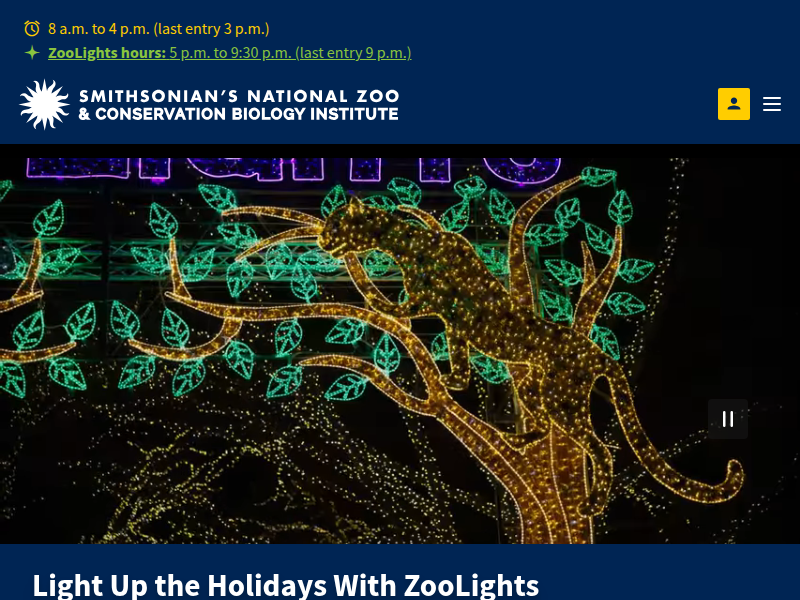Genetics and Animal Behavior | Smithsonian’s National Zoo and Conservation Biology Institute https://nationalzoo.si.edu/center-for-conservation-genomics/genetics-and-animal-behavior
Scientists at the Smithsonian’s National Zoo and Conservation Biology Institute’s Center for Conservation Genomics conduct studies that use genetic methods and markers to help understand an animal’s behavior or ecology.
Today’s hours: 8 a.m. to 6 p.m. (last entry 5 p.m.)

